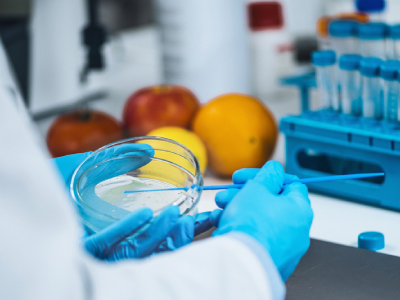
Researchers at the Technical University of Munich have identified the human odorant receptor responsible for detecting para-cresol. Para-cresol is responsible for off-flavors and odors of a number of everyday food and drink products, as well as attracting insects such as horse flies and mosquitos.
Para-cresol is formed during thermal degradation and the degradation of specific amino acids in food. Found in food products such as cocoa, olive oil, and many other staple foods, para-cresol is responsible for many of the off flavors and odors that are detectable by humans as food degrades. In the study, published in Food Chemistry, the team of researchers identified the human odorant receptor for para-cresol for the first time by performing bidirectional receptor screening
Utilizing high-performance liquid chromatography the researchers obtained sufficient amounts of pure para-cresol to conduct extensive testing of more than 600 human odorant receptors to determine which one responded to para-cresol. Pure para-cresol was essential to the discovery as commercially available samples were often contaminated in a way that would have had an effect on the results. During testing the researchers discovered that when using physiologically relevant concentrations, only the OR9Q2 receptor responded.
"The high selectivity of receptor OR9Q2 for para-cresol thus appears to be evolutionary conserved, emphasizing its dual importance: on the one hand, as a sensor of food and stimulant odors, and on the other hand, as a receptor for a signaling molecule that plays a role in the communication between animals of the same species," says Dietmar Krautwurst - principal investigator. "The receptor fills a gap in the recognition spectrum of the phylogenetically older human odorant receptor OR2W1, which detects a wide range of structurally different odorants, but not para-cresol."
The researchers believe that the knowledge gained in the study could be used to develop biotechnologies in the future that can be used to test the sensory quality of food products.